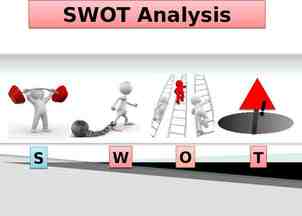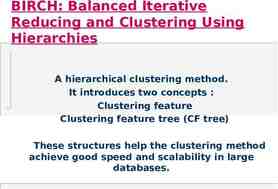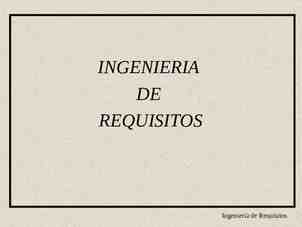Lecture 1 Radio Communications
17 Slides607.00 KB

Lecture 1 Radio Communications

Basic Communications Course Agenda Introduction to Radio Radio Procedures Radio Equipment

Introduction to Radio Communication is a very important part of everyday life. We constantly need to pass on information, thoughts and ideas from one person to another. But what methods of communication are available to us?

Communication Methods Verbal Written Sign Telephone Radio Communications E Mail

Radio Communications A nationwide system of radios exists. What is this system called? A Network. Its called this because a number of radio stations are working together connected by invisible strands of a single frequency- rather like a net.

Types of Network Directed Network A directed net is always “CONTROLLED” by a Network Control Station (NCS).

Directed Network Level of control depends on: 1. The level of radio discipline being observed by those using the network. 2. Adherence to proper procedures. 3. The type of network being operated.

Directed Network Only one station can be the NCS. 1. Equipment efficiency. 2. Operator experience. 3. Volume of radio traffic to be passed. The NCS is usually a fixed base station, located in a room specifically for radio communications.

Directed Network MRW51 MRW48 MRW34 MRW37

Types Of Network Free Network Operates without a NCS Each station is free to contact any other station without permission from the NCS.

Free Network MRW51 MRW48 MRW34 MRW37

Frequencies Typically the Air Cadet Organisation uses 3 bands of equipment, which are part of the electromagnetic spectrum. What are these 3 bands? 1. High Frequency 2. Very High Frequency 3. Ultra High Frequency

The Spectrum The Spectrum LF 0.1 MF HF VHF UHF SHF 1 10 100 1000 10000 Frequency MHz 100000

Frequencies allocated to the ATC High Frequency Lima 1-9 November 1-3 Hotel 1-7 Oscar 1-3 Tango 1

Frequencies allocated to the ATC Very High Frequency (Victor) V1 to V14 e.g. V1 xxxx MHz V2 xxxx MHz V3 xxxx MHz

Frequencies allocated to the ATC Ultra High Frequency (Uniform) U1 to U5 U1 xxxx MHz U2 xxxx MHz U5 xxxx MHz All inside amateur band.

Radio related ACP ACP 31 Volume 6. Communications ACP 35 Volume 3. Advanced Radio and Radar. ACP 35 Volume 4. Satellite Communications. ACP 35 Volume 2. Air Cadet Communications Manual (replaced by ) ACP 44 ACP 44 Enclosure 6. Air Cadet Callsigns.






